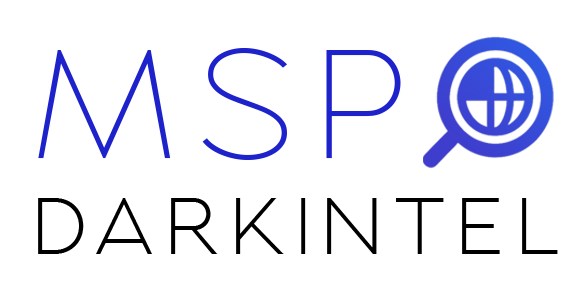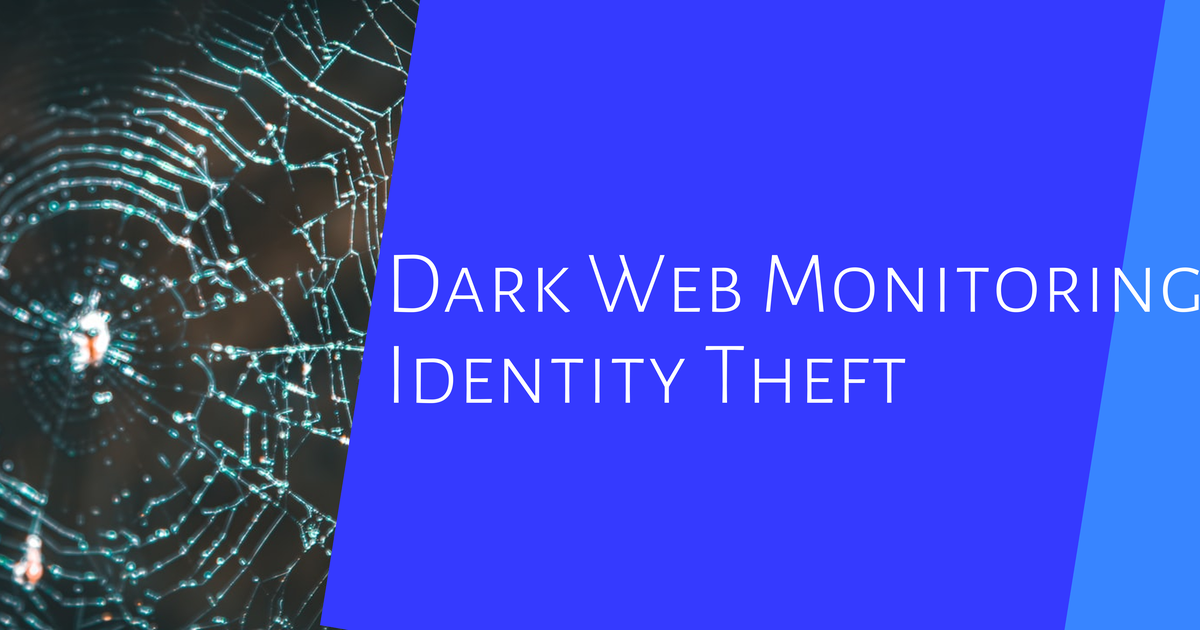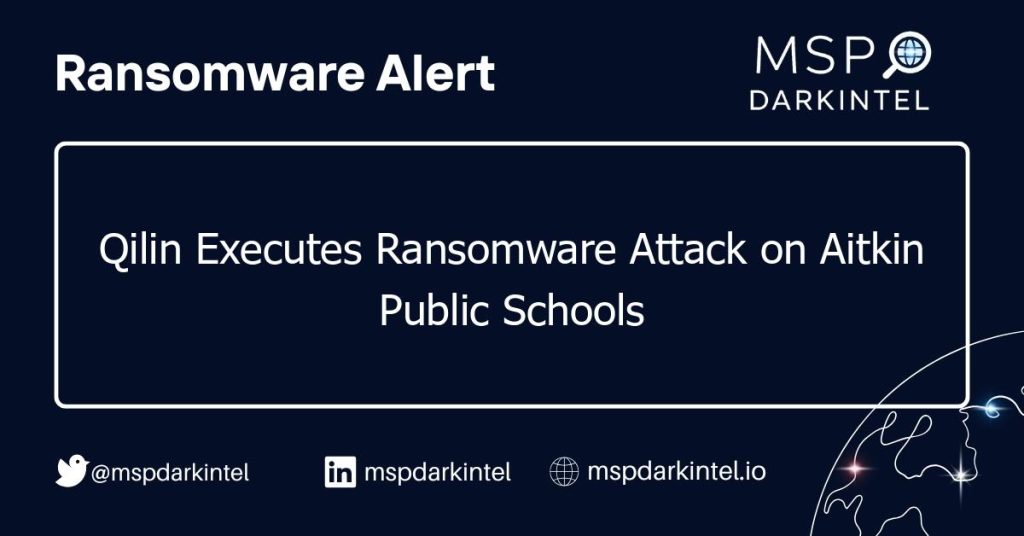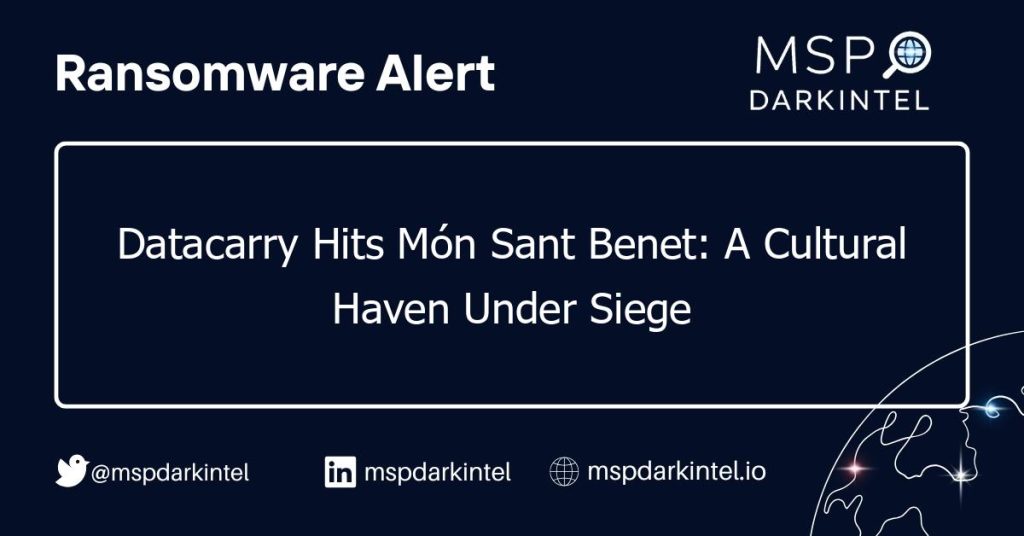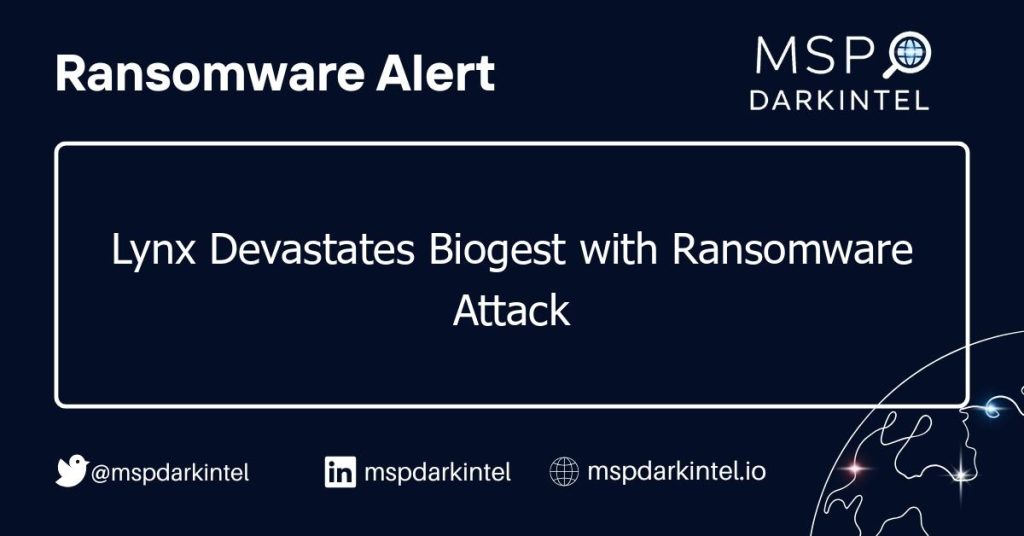Dark web monitoring is an essential tool for organizations facing increasing risks of identity theft in 2025. This process involves scanning hidden networks to detect stolen or leaked information, such as credentials and sensitive data, which are often traded by cybercriminals. With the rise in cybercrime and a reported 22% increase in stolen identity records, businesses must invest in these monitoring solutions to safeguard their sensitive information. Additionally, human error remains a major contributor to cybersecurity breaches. Hence, organizations need both effective monitoring and comprehensive training programs to reduce vulnerabilities related to weak passwords and compromised data.
Table of Contents
- Overview of Dark Web Monitoring
- Importance of Dark Web Monitoring in 2025
- Key Findings from the 2025 Identity Exposure Report
- Risks Associated with Identity Theft in 2025
- Features of Effective Dark Web Monitoring Solutions
- Conclusion and Future Outlook
- Frequently Asked Questions
Overview of Dark Web Monitoring
Dark web monitoring involves constant surveillance of hidden online spaces where personal data is traded or sold. This process includes tracking various forums, marketplaces, and other concealed areas to locate any compromised information. The primary aim is to help organizations quickly identify if their data is being misused, allowing them to take proactive steps to mitigate risks related to identity theft and data breaches.
The monitoring process is often automated, using sophisticated software tools that can efficiently scan extensive amounts of data. This capability provides insights into potential threats that traditional monitoring methods might overlook. By integrating threat intelligence feeds, organizations can enhance the effectiveness of their monitoring efforts, gaining context about the discovered data. Additionally, monitoring solutions can identify trends in data breaches and common vulnerabilities, which are crucial for understanding the evolving landscape of cyber threats.
Regular reports generated from these monitoring activities keep businesses informed about emerging threats, enabling them to strengthen their overall cybersecurity posture. This proactive approach is essential in today’s digital environment, where the risk of identity theft and data breaches continues to rise.
Importance of Dark Web Monitoring in 2025

In 2025, dark web monitoring has become a vital defense against the rising tide of cyber threats. As the landscape of cybercrime evolves, the need for real-time threat detection is more critical than ever. With the surge in data breaches, personal information has turned into a lucrative commodity, increasing dark web activity significantly. Organizations that invest in monitoring are better positioned to respond swiftly to emerging threats, thus minimizing the impact of potential data breaches. Educational institutions and businesses are particularly vulnerable, making vigilant monitoring practices essential to safeguard sensitive data.
The financial implications of data breaches are staggering, with the average cost reaching $4.88 million in 2024. This financial burden reinforces the argument for organizations to prioritize dark web monitoring as a cost-effective strategy to protect their assets. By actively keeping an eye on dark web activities, organizations can enhance their defenses against identity theft, protecting not only their own interests but also those of their customers and stakeholders.
Moreover, monitoring the dark web provides invaluable insights into the tactics employed by cybercriminals. This knowledge enables businesses to develop better defense strategies and adapt to the continuously changing threat landscape. The rise of remote work has also amplified the risks of data exposure, further emphasizing the necessity of ongoing monitoring. Effective dark web monitoring not only safeguards data but also fosters trust between organizations and their clients, demonstrating a strong commitment to data security. As traditional cyber threats become increasingly interconnected with dark web activities, the need for robust monitoring solutions has never been more urgent.
Key Findings from the 2025 Identity Exposure Report
The 2025 Identity Exposure Report reveals alarming trends in identity theft and cybercrime. A significant 22% increase in stolen identity records highlights the urgent need for enhanced monitoring solutions. Now more than ever, organizations must acknowledge that their data is at risk of exposure on the dark web. The report shows that both corporate users and individuals face substantial threats, with an average of 146 stolen records for corporate users and 52 usernames along with 141 credential pairs for consumers. This stark statistic illustrates the widespread potential for exposure. Cybercriminals are employing increasingly sophisticated tactics, leveraging stolen personally identifiable information (PII) and session cookies to effectively impersonate users and bypass traditional security measures. The findings serve as a wake-up call for organizations to bolster their cybersecurity strategies and educate employees and consumers about the evolving risks. With stolen data being rapidly repackaged and resold, recovery efforts are becoming more complex, emphasizing the critical role of integrating dark web monitoring into comprehensive security plans.
| Statistic | Value | Source |
|---|---|---|
| Increase in Stolen Records | 22% growth in collection of stolen identity records (from 43.7 billion to 53.3 billion) | SpyCloud |
| Average Exposure for Corporate Users | 146 stolen records tied to identity | SpyCloud |
| Average Exposure for Consumers | 52 usernames and 141 credential pairs across 229 exposure records | SpyCloud |
| Cybercriminal Tactics | Utilization of session cookies and PII to bypass traditional security measures | SpyCloud |
Risks Associated with Identity Theft in 2025

In 2025, the risks associated with identity theft are more pronounced than ever. As cybercriminals utilize increasingly sophisticated methods, individuals face a growing chance of becoming victims. The impact on their financial and personal lives can be severe, often resulting in long-lasting consequences. Victims may struggle for years to recover their identities and restore their finances, battling against the emotional toll that comes with such violations. The interconnectedness of online accounts means that a single breach can lead to widespread exploitation, amplifying the risks for everyone involved.
With stolen credentials and personally identifiable information (PII) readily available on the dark web, criminals can easily access sensitive accounts to conduct fraudulent activities. This surge in available data has made identity fraud a common occurrence, with attackers often repackaging stolen information to extend the lifecycle of their fraudulent schemes. As a result, individuals may find themselves facing damaged credit scores and long-term financial instability.
Moreover, weak password habits exacerbate the situation, as many users employ the same credentials across multiple platforms. This behavior leaves them vulnerable, especially when 70% of users in breaches are found to be using compromised passwords. The continuous evolution of cybercriminal tactics also poses a significant challenge, making it increasingly difficult for individuals to stay ahead of potential threats. The psychological impact cannot be overlooked either, as many victims experience anxiety and fear long after their identities have been stolen, reminding them of the potential for future attacks.
Features of Effective Dark Web Monitoring Solutions
Effective dark web monitoring solutions possess several key features that are vital for safeguarding sensitive data. Real-time alerts are fundamental, as they provide immediate notifications when compromised information is detected. This allows organizations to respond swiftly, minimizing potential damage. Comprehensive coverage is also essential, ensuring that monitoring tools scan various hidden networks and forums for exposed data, leaving no stone unturned.
AI integration plays a crucial role in enhancing monitoring capabilities. By utilizing advanced algorithms, these solutions can identify suspicious patterns more quickly and accurately than traditional methods. A user-friendly interface is important as well, enabling organizations to easily interpret alerts and data without requiring extensive technical expertise.
Regular updates and maintenance of monitoring tools are necessary to adapt to the rapidly evolving dark web landscape. Robust reporting capabilities should provide detailed insights into the types of data exposed and associated risks, helping organizations to understand the potential impact. Customizable alerts allow organizations to tailor notifications according to their specific needs and risk profiles, ensuring they receive the most relevant information.
Collaboration with law enforcement can further enhance the effectiveness of monitoring solutions by providing additional resources and intelligence. Training staff to interpret monitoring results improves an organization’s overall cybersecurity readiness, preparing them to act decisively when threats are detected. Furthermore, integration with existing security systems provides a cohesive approach to threat management, ensuring that dark web monitoring complements other security measures.
- Real-time alerts are crucial for immediate response to detected breaches, minimizing potential damage.
- Comprehensive coverage ensures that monitoring tools are scanning all relevant hidden networks for compromised data.
- AI integration significantly improves monitoring capabilities, allowing for faster and more accurate identification of threats.
- User-friendly interfaces are important so that organizations can easily interpret the data and alerts they receive.
- Regular updates and maintenance of monitoring tools are essential to keep up with the rapidly changing dark web landscape.
- Reporting capabilities should be robust, providing detailed insights into the types of data exposed and the potential risks.
- Customizable alerts enable organizations to tailor notifications based on their specific needs and risk profiles.
- Collaboration with law enforcement can enhance monitoring effectiveness by providing additional resources and intelligence.
- Training for staff on interpreting monitoring results can improve an organization’s overall cybersecurity readiness.
- Integration with existing security systems allows for a more cohesive approach to threat management.
Conclusion and Future Outlook
As we look towards the future, the need for dark web monitoring will become increasingly clear. With the landscape of cyber threats growing more complex, organizations must prioritize these solutions to protect against identity theft. Investment in dark web monitoring is expected to rise, as more businesses become aware of the severe risks associated with compromised data. Advanced technologies, particularly machine learning, will likely enhance detection capabilities, allowing for quicker identification of threats.
Moreover, collaboration among organizations may increase, enabling the sharing of valuable insights and data on emerging risks from the dark web. Public awareness campaigns about identity theft may also become more widespread, educating individuals about the importance of monitoring solutions. As regulations around data protection evolve, dark web monitoring could play a crucial role in compliance efforts, ensuring organizations adhere to the latest standards.
The future may see a shift towards comprehensive security strategies that integrate dark web monitoring as a fundamental component. Organizations are likely to adopt a proactive approach, merging monitoring with broader cybersecurity initiatives. Continuous education and training on identity theft and dark web risks will remain essential for all stakeholders. Ultimately, a strong emphasis on dark web monitoring will be critical in safeguarding sensitive information in an ever-changing threat landscape.
Frequently Asked Questions
What is dark web monitoring and why is it important?
Dark web monitoring is the process of scanning websites on the dark web for stolen personal information. It’s important because it helps people identify potential identity theft before it causes serious damage.
How can my personal information end up on the dark web?
Personal information can end up on the dark web through data breaches, hacking incidents, or even scams where sensitive data is sold by criminals.
What types of information are typically monitored?
Dark web monitoring typically looks for sensitive information like social security numbers, passwords, credit card details, and email addresses.
What should I do if my information is found on the dark web?
If your information is found, you should immediately change your passwords, monitor your financial accounts for unusual activity, and consider placing fraud alerts on your credit reports.
Is dark web monitoring enough to prevent identity theft?
While dark web monitoring is a useful tool, it should be part of a larger strategy that includes strong password practices, multi-factor authentication, and regular monitoring of financial accounts.
TL;DR Dark web monitoring is essential in 2025, as cybercrime and identity theft are on the rise. Organizations must identify compromised data quickly to mitigate the financial impacts and threats associated with data breaches. The 2025 Identity Exposure Report reveals an alarming increase in stolen identity records, with vulnerabilities arising from weak passwords and human error. Effective dark web monitoring solutions provide real-time alerts, comprehensive coverage, and AI-enhanced detection capabilities. As threats evolve, proactive strategies for safeguarding sensitive data are more important than ever.
Table of Contents
